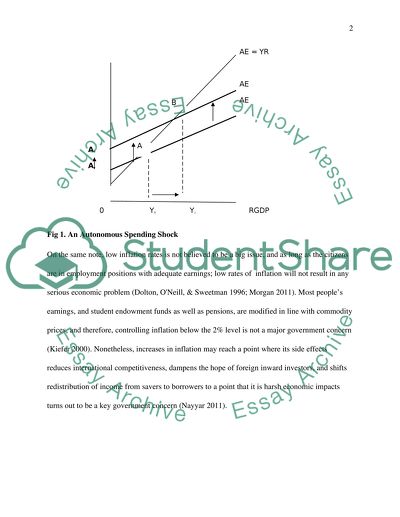Cite this document
(“Macroeconomics Objectives of Governments Essay Example | Topics and Well Written Essays - 1500 words”, n.d.)
Retrieved from https://studentshare.org/macro-microeconomics/1455684-re-assessment
Retrieved from https://studentshare.org/macro-microeconomics/1455684-re-assessment
(Macroeconomics Objectives of Governments Essay Example | Topics and Well Written Essays - 1500 Words)
https://studentshare.org/macro-microeconomics/1455684-re-assessment.
https://studentshare.org/macro-microeconomics/1455684-re-assessment.
“Macroeconomics Objectives of Governments Essay Example | Topics and Well Written Essays - 1500 Words”, n.d. https://studentshare.org/macro-microeconomics/1455684-re-assessment.


